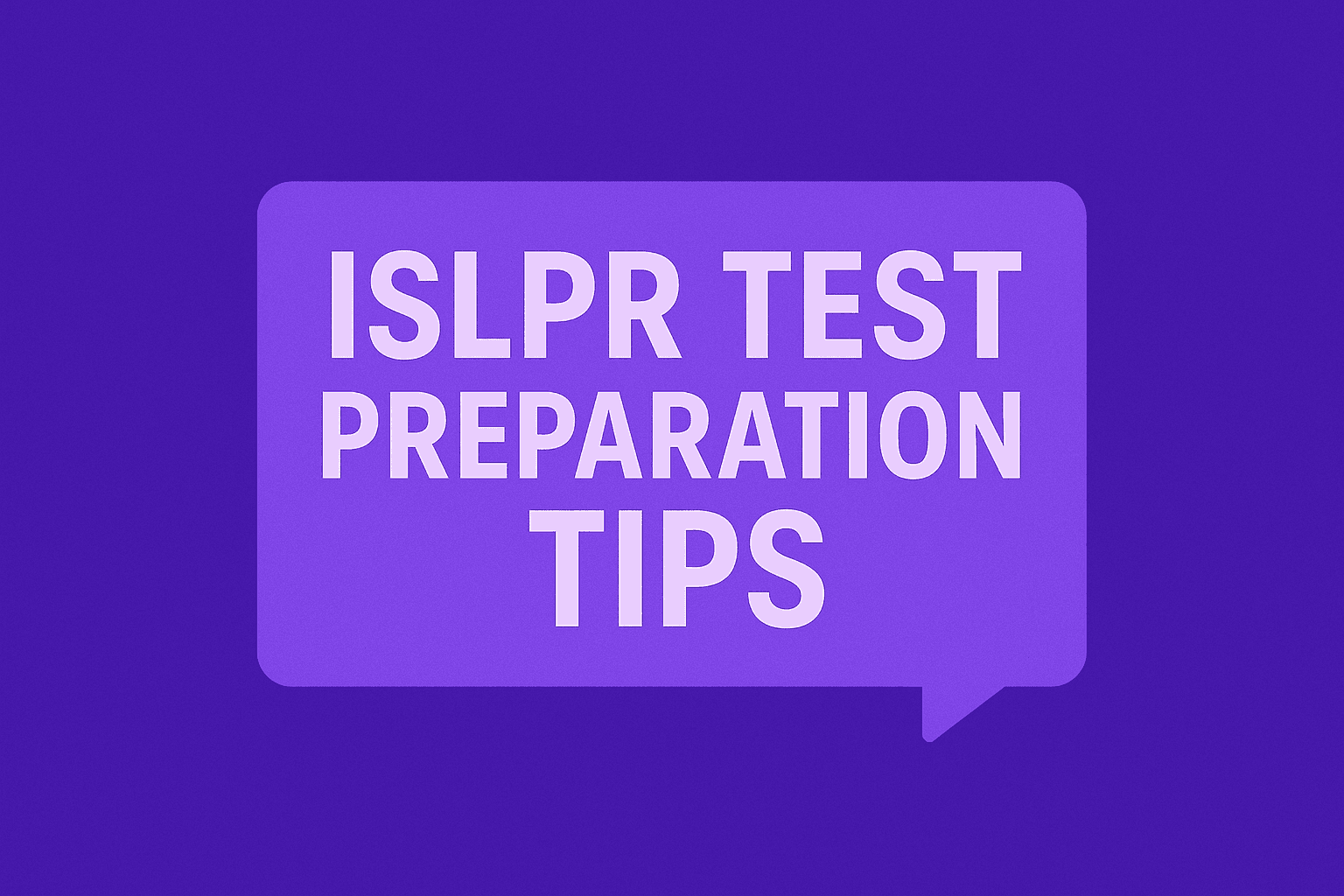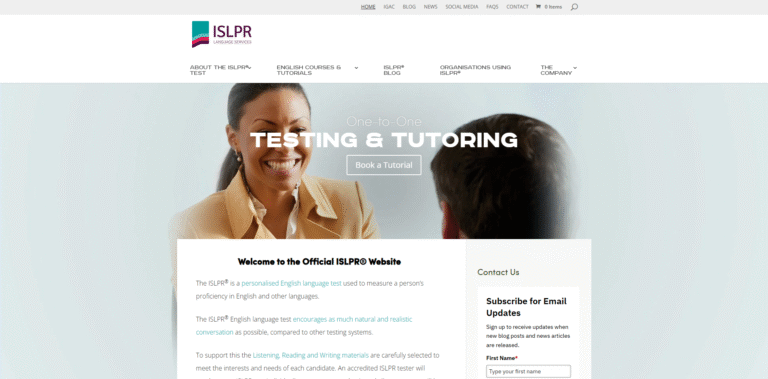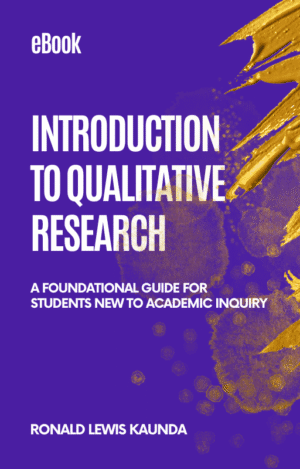Writing an effective essay in the ISLPR Writing Test requires more than strong paragraphs or grammar and vocabulary.
You must demonstrate your ability to understand the task, organise your ideas logically, support your arguments with relevant examples, and communicate clearly under time constraints.
This step-by-step guide will walk you through each stage of the essay writing process so you can approach the test with confidence.
1. Analyse the Task Carefully
Begin by reading the question task slowly and deliberately. Identify the task type for example whether you are asked to discuss advantages and disadvantages, argue in favour of a proposal, or compare two perspectives.
Circle or underline key words such as discuss, evaluate, recommend or compare. Note any specific audience or context mentioned in the task as this will determine your tone and register.
Spend the first minute clarifying exactly what the examiner expects of you.
2. Brainstorm and Plan Your Ideas
Once you understand the task, take two to three minutes to jot down all your initial thoughts. Use a blank space to list potential arguments reasons and examples.
Then group related ideas together and decide on your main thesis or stance. Create a simple outline with headings for your introduction, body paragraphs and conclusion.
A clear plan prevents writer’s block and ensures that each paragraph serves a distinct purpose.
3. Craft a Compelling Introduction
Your introduction should accomplish three goals. First provide context by rephrasing the task in your own words.
Second state your thesis or overall position succinctly. Third offer a roadmap of the points you will cover.
For example, if the task asks you to discuss the importance of inclusive education in the 21st century, your task is to is to focus on the importance of inclusive education.
Below is an example of what I would write as my introduction:
Example Introduction
This essay examines the importance of inclusive education in the twenty-first century. Inclusive education is shown to promote equity, foster social cohesion and equip students with the collaboration skills required in diverse workplaces. The first section will explore how equitable access to curriculum materials supports academic achievement. The second section will analyse the social benefits of mixed-ability learning environments. The final section will evaluate the ways in which inclusive practices develop essential teamwork competencies for modern professional contexts.
4. Develop Well Structured Body Paragraphs
Each body paragraph should begin with a clear topic sentence that ties back to your thesis. Follow this with two or three supporting sentences that provide reasons, facts or examples.
For instance, a paragraph on inclusive education might include an example of a student attending virtual classes from a remote farm location.
Use linking words such as firstly, moreover, however and consequently to guide the reader through your argument.
Where appropriate acknowledge potential counterarguments and refute them briefly. This demonstrates critical thinking and a balanced approach.
Example main body Paragraph
Firstly, inclusive education is important because it brings about equitable access to the curriculum which ensures that every student can reach their full potential. For example, at Willow Grove Primary School, the introduction of adjustable workstations and audio-visual aids helped students with physical and sensory impairments to engage fully in lessons. Moreover, differentiated instruction allowed teachers to tailor activities to individual learning needs, resulting in a marked improvement in standardised test scores across the cohort. However, critics argue that such adaptations can be costly and time-consuming. To address this, the school partnered with local community groups to source second-hand equipment and provide volunteer support, making inclusive practices both sustainable and effective.
5. Write a Strong Conclusion
Your conclusion brings closure and reinforces your main argument. Begin by restating your thesis in different words.
Summarise each key point briefly without introducing new information. End with a final sentence that highlights the significance of your argument or suggests next steps for policy or practice.
A conclusion such as In conclusion online learning offers flexibility, access to diverse resources and fosters autonomy. Education providers should therefore integrate virtual options to support 21st century learners leaves a lasting impression.
Example Conclusion
In summary, inclusive education is vital in the twenty-first century because it fosters academic equity, builds social understanding and develops collaboration skills essential for diverse workplaces. The Willow Grove example demonstrates how practical adaptations can drive measurable improvements in student outcomes and community involvement. Policymakers and school leaders should therefore invest in resource sharing, teacher training and community partnerships to ensure that every learner benefits from an inclusive educational environment.
6. Pay Attention to Language and Register
In the ISLPR Writing Test you will be assessed on your ability to use formal written English. Avoid contractions slang or overly casual expressions. Choose precise vocabulary and vary your sentence structures.
For example use nevertheless instead of but, and implement rather than do. Ensure your tone matches the task context for example a proposal to a school board requires a different register than a reflective journal entry.
7. Manage Your Time Effectively
You will typically have around 30 minutes to draft and revise your essay. Allocate your time roughly as follows: five minutes to analyse and plan, 15 minutes to write your introduction and body paragraphs, five minutes to draft your conclusion and five minutes for review.
Keep an eye on the clock and move on if you find yourself spending too long on any one essay.
8. Revise and Proofread
Use your final minutes to read through your essay carefully. Check for common errors in spelling punctuation and subject verb agreement.
Make sure each paragraph flows logically to the next. Confirm that you have answered every part of the task.
If you spot awkward phrasing or missing words, correct them swiftly. Even small edits can improve clarity and demonstrate attention to detail.
9. Practise Under Exam Conditions
To build confidence, simulate test conditions during your preparation. Choose past ISLPR tasks or create your own based on ISLPR task types.
Time yourself and follow this step-by-step guide from task analysis through to proofreading.
Compare your essays to band descriptors or seek feedback from a tutor. Practice will help you internalise the process so that on test day you can focus on content rather than structure.
10. Stay Calm and Focused
Finally, maintain a positive mindset. You have prepared thoroughly and know the steps to follow.
Take a deep breath before you begin, trust your planning and writing skills, and remember that clarity of thought and structure will impress the examiner.
By following this step by step guide you will be well on your way to producing coherent well-argued and high scoring essays in the ISLPR Writing Test. Good luck!









 Introduction to Qualitative Research
Introduction to Qualitative Research